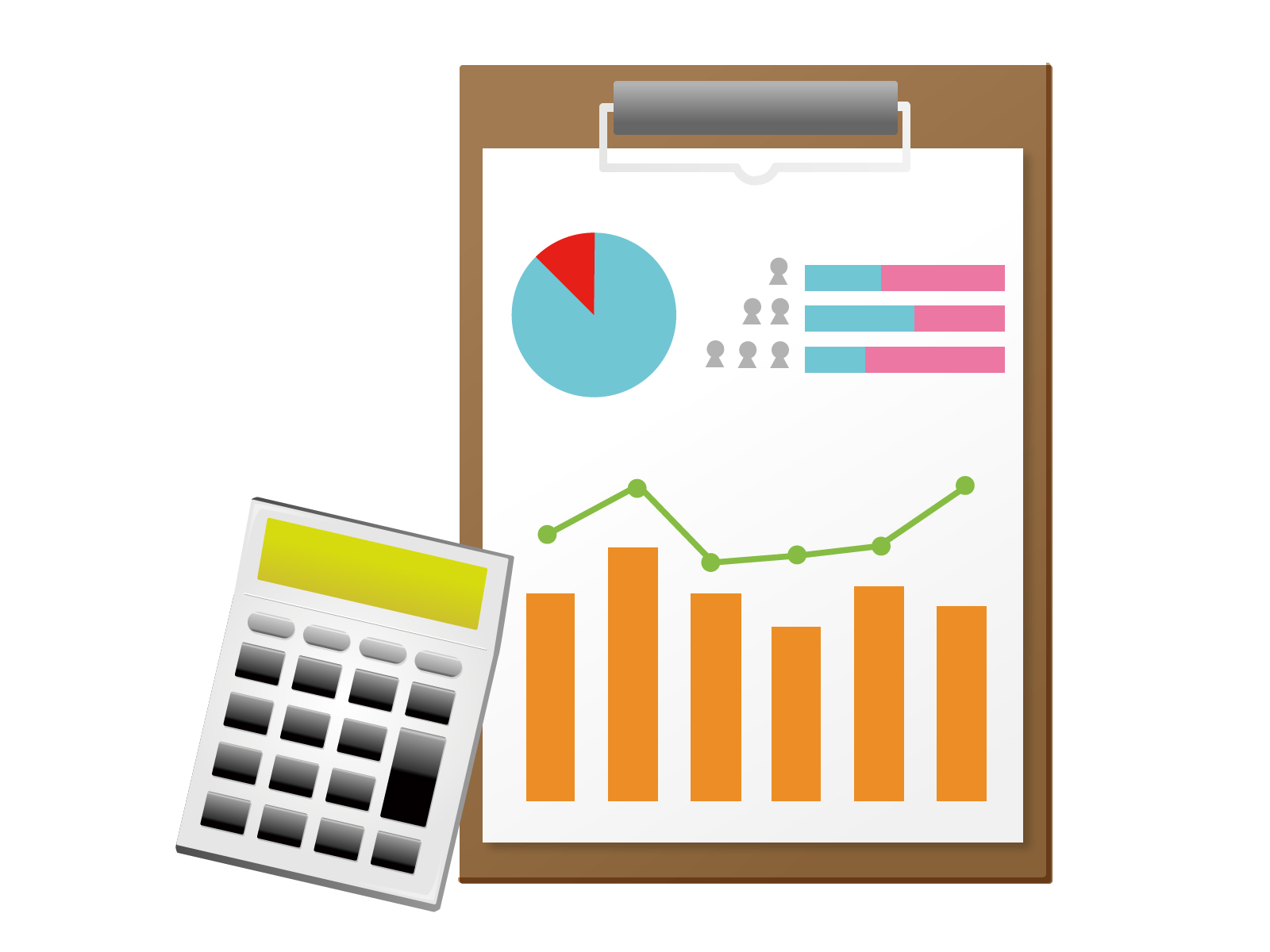
今回は、経理、財務報告の分野から、貸借対照表すなわちバランス・シートについての会話です。
会話
A: Today, I’d like to give you a brief overview of the balance sheet and its importance in financial management.
(今日は、貸借対照表についての簡単な概要と、財務管理における重要性について簡単に説明します。)

損益計算書はもちろんですが、貸借対照表についても基本を理解していることは、マネジメントの責務です。Cashがなくなったら、どんなに利益がでていても、会社は倒産してしまいます。
B: That sounds great. The balance sheet provides a snapshot of the company’s financial position at a specific point in time, right?
(それは素晴らしいですね。貸借対照表は、特定の時点での企業の財政状態を一瞬の写真のように示すものですよね?)
A: Exactly. It presents the company’s assets, liabilities, and shareholders’ equity. The balance sheet follows the fundamental accounting equation: Assets = Liabilities + Shareholders’ Equity (or Net Assets).
(まさにその通りです。貸借対照表は、企業の資産、負債、株主資本(又は純資産)を示します。貸借対照表は、基本的な会計の等式に従います:資産 = 負債 + 株主資本です。)

厳密には、株主資本以外にも純資産を構成するものはありますが、一般的には同じと考えてOKです。
B: So, it provides a clear picture of what the company owns, owes, and the shareholders’ equity or the company’s net assets.
(つまり、企業が何を所有しているか、どれだけの負債があるか、そして株主持分すなわち企業の純資産がどれぐらいあるかを明確に示しているわけですね。)
A: That’s correct. It’s a crucial tool for assessing the company’s financial health, liquidity, and solvency. It helps us monitor the company’s financial performance and make informed decisions.
(その通りです。貸借対照表は、企業の財務状態や流動性、健全性を評価するための重要なツールです。企業の財務パフォーマンスを監視し、情報に基づいた意思決定をするのに役立ちます。)

「liquidity」(流動性)という概念は、日本語でもわかりづらいかもしれません。
簡単に言えば、資金は十分にあるか(資金繰りに問題がないか)という観点です。
資産が流動的なもの(すなわち必要があればそれを売ってお金にして返済資金に充てることができるもの)が多ければ、流動性が高いことになります。
B: I see. Are there any key components or sections that we should pay special attention to when analyzing the balance sheet?
(なるほど。貸借対照表を分析する際に特に注意すべきなのは、主要な要素やセクションはありますか?)
A: Definitely. We should focus on the liquidity of assets, the level of liabilities, and the relationship between assets and shareholders’ equity. Additionally, analyzing trends over time and comparing ratios with industry benchmarks can provide valuable insights.
(もちろんです。資産の流動性、負債の水準、資産と株主資本の関係に注目すべきです。さらに、時間の経過に伴うトレンドの分析や業界基準との比較は、貴重な示唆を提供します。)

over time は「時間の経過とともに」という意味ですね。
B: I appreciate the overview. It helps me understand the significance of the balance sheet and its role in financial analysis and decision-making.
(概要を教えていただき、ありがとうございます。それによって、貸借対照表の重要性と財務分析や意思決定における役割がより理解できました。)

英語ができるようになれば、外資系への転職のチャンスが広がる!
現状に不満なら、転職エージェントに相談してみるといいよ。
REXアドバイザーズは、経理・財務の転職に強いエージェントです!

関連する用語
- Assets – 資産
- Liabilities – 負債
- Equity – 純資産
- Net assets – 純資産
- Current assets – 流動資産
- Non-current assets – 固定資産(流動資産以外の資産)
- Current liabilities – 流動負債
- Non-current liabilities – 長期負債(流動負債以外の負債)
- Shareholders’ equity – 株主資本
- Cash and cash equivalents – 現金及び現金等価物
- Accounts receivable – 売掛金
- Inventory – 在庫、棚卸資産
- Property, plant, and equipment – 有形固定資産の総称(不動産・工場・設備)
- Accumulated depreciation – 減価償却累計額
- Long-term debt – 長期負債(長期借入金)
- Short-term debt – 短期負債(短期借入金)
- Prepaid expenses – 前払費用
- Retained earnings – 利益剰余金
- Intangible assets – 無形資産
- Goodwill – のれん、営業権
- Accounts payable – 買掛金
- Notes payable – 社債、支払手形など
- Deferred revenue – 前受収益
- Accrued expenses – 未払費用
- Minority interest – 少数株主持分
- Capital surplus – 資本剰余金
- Reserves – 積立金
- Long-term investments – 長期投資
- Current portion of long-term debt – 長期負債(長期借入金)の1年以内返済予定分
- Contingent liabilities – 潜在的な負債


